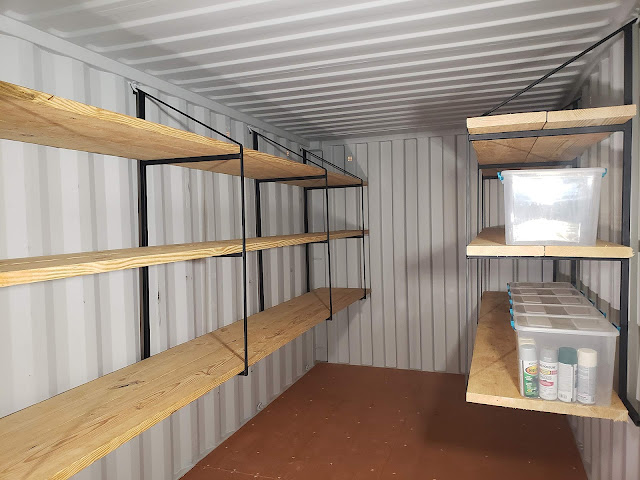Unraveling the World of Shipping Container Dimensions: A Comprehensive Guide
 |
In our interconnected world, the efficient transportation of goods across borders and continents is essential for global trade and commerce. Shipping containers play a crucial role in this process, providing a standardized and secure means of transporting cargo. These containers come in various sizes, each designed to accommodate different goods. In this blog, we will delve into the world of shipping container dimensions, exploring the various sizes, their applications, and the significance of standardization in modern logistics.
Must Read: Navigating Container Shipping Rates in the USA: Complete Guide
Understanding Standard Shipping Container Sizes:
Shipping containers are manufactured to adhere to strict international standards set by the International Organization for Standardization (ISO). The two most common container sizes are 20-foot and 40-foot containers. The standard height for most containers is approximately 8.5 feet, although variations exist for specialized purposes.
- 20-Foot Container: This container, also known as TEU (Twenty-Foot Equivalent Unit), measures 20 feet, 8 feet in width, and 8.5 feet in height. It is a popular choice for smaller shipments and can accommodate approximately 10-11 standard pallets.
- 40-Foot Container: The 40-foot container shares the same width and height as the 20-foot counterpart but is twice as long, measuring 40 feet. I commonly used this larger container for transporting bulk cargo and larger shipments.
Specialized Container Sizes:
Beyond the standard 20-foot and 40-foot containers, the shipping industry offers various specialized sizes to cater to specific cargo requirements.
- High Cube Container: These containers have the same dimensions as the standard 20-foot and 40-foot containers but boast an increased height of around 9.5 feet. High-cube containers are ideal for voluminous goods or items that cannot be compressed easily.
- Open-Top Container: Open-top containers lack a solid roof and are covered with a removable tarp instead. They are suitable for tall or over-height cargo that cannot fit into regular containers.
- Reefer Container: Reefer containers are equipped with temperature control systems, making them ideal for transporting perishable goods like fruits, vegetables, and pharmaceuticals.
The Importance of Standardization:
Standardization is a crucial aspect of modern logistics and global trade. Uniform container sizes enable seamless intermodal transportation, as containers can be easily transferred between ships, trucks, and trains with no constant repacking. This standardization has significantly improved the efficiency and safety of cargo transportation, reducing handling costs and ensuring cargo security during transit.
Innovations and Future Trends:
In recent years, innovations in container design have introduced new possibilities for cargo transportation. Some examples include foldable containers, which can reduce empty container space during return journeys, and container tracking technologies, which enhance real-time monitoring and security.
Must Read: Smart Shipping Containers: The Future of the Shipping Industry
Conclusion:
Shipping container dimensions are the backbone of modern global trade and logistics. These standardized containers, available in various sizes and types, ensure the efficient and secure transportation of goods across the world. As technology continues to advance, we can expect further innovations in container design and tracking systems, further streamlining the process of cargo transportation, and solidifying the vital role shipping containers play in our interconnected world.
We are online 24/7




Comments
Post a Comment